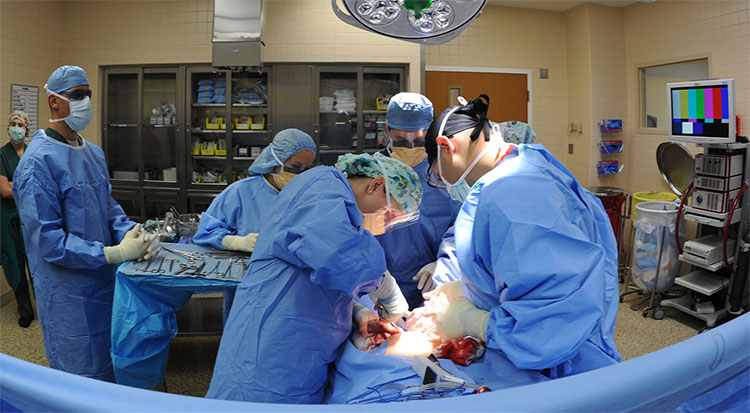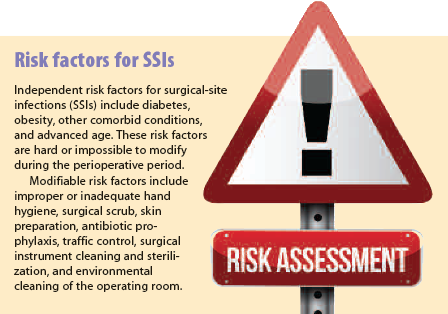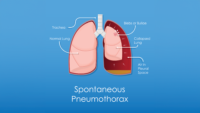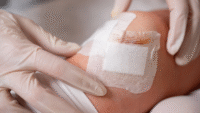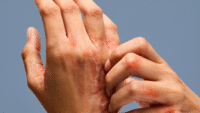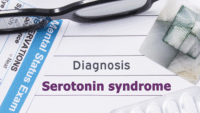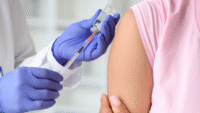Surgical-site infections (SSIs) can lead to increased postoperative stays, higher readmission rates and healthcare costs, and poorer health outcomes. In a 2014 study, SSIs tied with pneumonia as the most common infection in hospitals, accounting for 21.8% of total infections. These facts and figures underscore the need for robust SSI prevention strategies. Implementing evidence-based interventions can greatly reduce SSI risk. (See Risk factors for SSIs.)
Prevention guidelines
The Healthcare Infections Advisory Committee published guidelines for SSI prevention in 1999. The guidelines have been updated and are currently undergoing final review.
In 2014, “A Compendium of Strategies to Prevent Healthcare-Associated Infections in Acute Care Hospitals: 2014 Update” was published as a collaborative endeavor by the Society for Healthcare Epidemiology, Infectious Diseases Society of America, Association of Professionals in Infection Control, American Hospital Association, and The Joint Commission. This document outlines the following prevention practices:
- Give antibiotic prophylaxis according to guidelines. Limit postoperative duration of antibiotic therapy.
- Don’t use razors to remove hair at the operative site, and limit hair removal to areas where hair may interfere with the surgical incision.
- Control blood glucose in patients scheduled for cardiac surgery, those with diabetes, and those known to have elevated preoperative blood glucose.
- During the perioperative period, maintain body temperature at 95.9° F (35.5° C) or higher.
- Use an alcohol-based skin prep unless contraindicated.
- Use impervious wound protectors for gastric and biliary surgery.
- Perform SSI surveillance and provide feedback on SSI rates to surgeons and other stakeholders.
- Educate patients and families about their role in SSI prevention.
- Develop policies, procedures, and protocols based on evidence-based standards, such as those of the Centers for Disease Control and Prevention, Association of periOperative Registered Nurses (AORN), and other professional societies.
Special approaches
Besides these core strategies, a recommended special approach to SSI prevention involves screening for Staphylococcus aureus and decolonizing high-risk patients with an anti-staphylococcal agent, particularly in the orthopedic or cardiac setting.
Nurse’s role in SSI prevention
As a nurse, your role in preventing SSIs is comprehensive and spans the continuum of care. You play a crucial part in executing or promoting implementation of evidence-based practices. For example, provide counseling and education during the initial preoperative visit, especially related to smoking cessation and glucose control in patients with diabetes. Encourage patients to report new rashes, breaks in skin integrity, and new-onset respiratory infections before surgery. Although data suggest the effectiveness of antiseptic showers or cloths is unresolved, AORN recommends instructing patients to bathe or shower with soap or an antiseptic before surgery, noting that reducing skin microorganisms may lower the risk of developing an SSI. If the patient will use a chlorhexidine antiseptic for preoperative skin cleaning, instruct him or her to lather with the soap and leave it on the skin for 2 minutes before rinsing it off.
Interventions before, during, and after surgery
SSI prevention requires action and vigilance during the preoperative, intraoperative, and postoperative periods, as described below.
Preoperative interventions
Validate and ensure that the patient has followed all preoperative instructions. Maintain the patient’s body temperature; a low temperature may increase the infection risk by causing vasoconstriction. Active warming can reduce this risk. AORN recommends warming patients at risk for hypothermia at least 15 minutes before anesthesia induction.
Risk factors for hypothermia include certain types and extents of surgery or anesthesia, low body weight, cool irrigations in body cavities, and blood administration. Cardiac surgery patients and patients with diabetes may be at risk for elevated blood glucose during and after surgery. Current guidelines recommend keeping the patient’s blood glucose level at 180 mg/dL or lower; insulin via injection or I.V solution may be required preoperatively.
Intraoperative interventions
To ensure razors aren’t used to remove hair before surgery, many hospitals have eliminated them from the operating room (OR). Also, surgical prep must be applied correctly and allowed to dry before the initial incision.
The OR nurse is integral to ensuring all skin antisepsis parameters are met. Unless contraindicated, an alcohol-based prep is recommended. Generally, surgical antibiotic prophylaxis is administered by anesthesia before incision; some healthcare organizations have added surgical prophylaxis to their preoperative checklist. The OR nurse should ensure prophylaxis guidelines are followed and the antibiotic is given before incision. OR doors must remain closed during surgery and traffic flow must be minimized.
Postoperative interventions
Postoperative wound care should be managed closely. In the postanesthesia care unit, check all dressings for drainage and closure. Hand hygiene and strict asepsis during dressing changes are critical. Monitor the patient’s temperature; as needed and ordered, implement warming techniques. At discharge, carefully review postoperative instructions with the patient.
Using the best available evidence
Implementing evidence-based guidelines requires a coordinated multidisciplinary approach. As we transition from silos of care to a collaborative approach, nurses continue to play a pivotal role in promoting and implementing SSI prevention strategies while bringing the best available evidence to the bedside.
Selected references
Anderson DJ, Podgorny K, Berrios-Torres SI, et al. Strategies to prevent surgical site infections in acute care hospitals: 2014 update. Infect Control Hosp Epidemiol. 2014;
35(6):605-27.
Association of periOperative Registered Nurses (AORN). Recommended practices for environmental cleaning. In: Perioperative Standards and Recommended Practices; 2014 Edition. Denver, CO: AORN, Inc.; 2014.
Magill SS, Edwards JR, Bamberg W, et al.; Emerging Infections Program Healthcare-
Associated Infections and Antimicrobial Use Prevalence Survey Team. Multistate point-prevalence survey of health care-associated infections. N Engl J Med. 2014;370(13):
1198-208.
Mangram AJ, Horan TC, Pearson ML, Silver LC, Jarvis WR. Hospital Infection Control Practices Advisory Committee. Guideline for prevention of surgical site infection, 1999. Hospital Infection Control Practices Advisory Committee. Infect Control Hosp Epidemiol. 1999;20(4):250-78.
Yokoe DS, Anderson, DJ, Berenholtz, SM, et al. A Compendium of Strategies to Prevent Healthcare-Associated Infections in Acute Care Hospitals: 2014 Update. May 1, 2014. http://shea-online.org/index.php/practiceresources/priority-topics/compendium-of-strategies-to-prevent-hais
Linda R. Greene is manager of infection prevention at Highland Hospital, University of Rochester Medical Center, in Rochester, New York.
Click to read the next article: Evidence-based strategies to prevent ventilator-associated pneumonia

